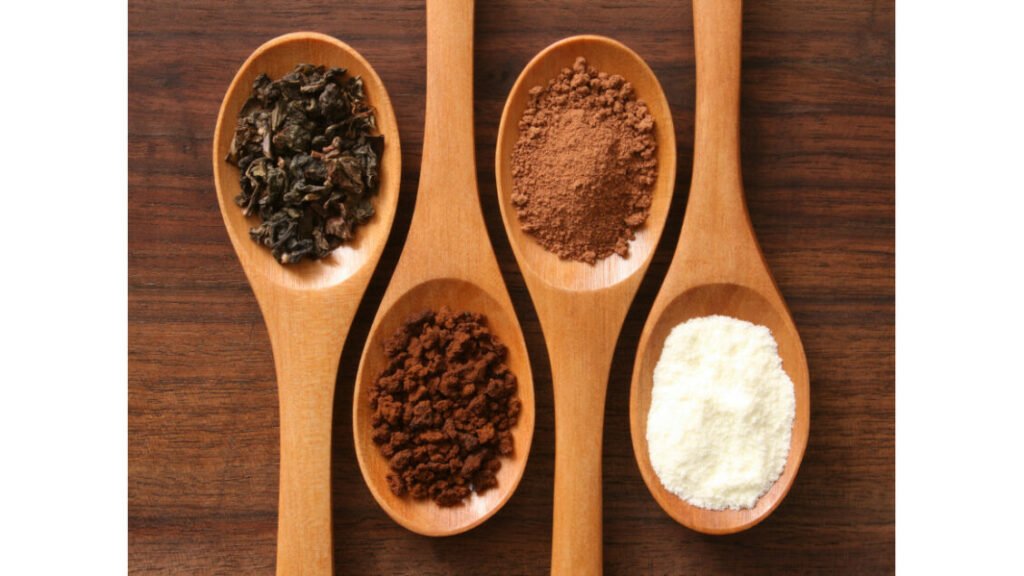In terms of formulating with pure sweeteners, consultants be aware that no single answer exists that meets each aim and solves each problem.
“Label concerns, sugar-reduction and/or calorie-reduction objectives, and cost-in-use necessities are among the many elements we take into account with each venture,” says Smaro Kokkinidou, principal meals scientist at Cargill, Minneapolis. “Additional, every utility brings its personal distinctive challenges. That’s why we’ve developed a portfolio of sugar-reduction instruments that features sweeteners like stevia, erythritol, and allulose, together with different supporting substances like texturizers and emulsifiers.
“Particularly for greater ranges of sugar discount, it might be crucial to make use of sweetener blends, pairing a high-intensity choice like stevia with different complementary sweeteners,” he continues. “Erythritol and allulose are widespread selections, as they’ll increase stevia’s up-front sweetness, spherical out its sweetness profile, and assist construct again mouthfeel.”
Kokkinidou additional notes that, in the US, when used at low, flavor-with-modifying-property (FMP) ranges, each erythritol and allulose will be labeled as a pure taste.
“Different supporting gamers embrace hydrocolloids like pectin and carrageenan, which might help exchange the lacking physique in a comfortable drink or add creaminess to a reduced-sugar dairy beverage,” he says.
Thom King, chief improvements officer at Icon Meals, Portland, Ore., notes that by combining various kinds of sweeteners, producers can obtain a extra constant and fascinating sweetness profile.
“Excessive-intensity sweeteners like stevia and monk fruit, paired with bulking sweeteners like erythritol and allulose, together with fibers so as to add viscosity, create a extra sugar-like sensory expertise,” he explains. “Simply as an orchestra creates a richer, fuller sound than a piano solo, combining sweeteners creates a fuller sensorial expertise to ship a extra balanced style and enhanced mouthfeel.”
Amanda Sia, senior scientist for drinks at Tate & Lyle, Hoffman Estates, In poor health., notes the development of mixing stevia and sugar in beverage formulations, as exemplified by manufacturers like OLIPOP and Poppi.
“Some shoppers are prepared to just accept a modest sugar content material for higher taste, discovering the trade-off in energy worthwhile,” she says. “Moreover, the synergistic impact of sugar and stevia usually ends in a sweetness better than the sum of its components. Sugar additionally contributes to a fuller physique, addressing a standard problem in low-calorie drinks. Lastly, this method provides product builders extra formulation flexibility.
“For instance, maybe a lemon-lime taste would categorical higher with extra sugar, however one other taste corresponding to grape may carry out strongly even with low sugar,” Sia continues. “As an example, we’re seeing some OLIPOP SKUs coming in at 35 versus 50 energy as a consequence of completely different sugar content material. By leveraging these hybrid sweetener programs, beverage makers can create merchandise that higher align with shopper preferences for style whereas nonetheless sustaining a comparatively low calorie and sugar profile.”
